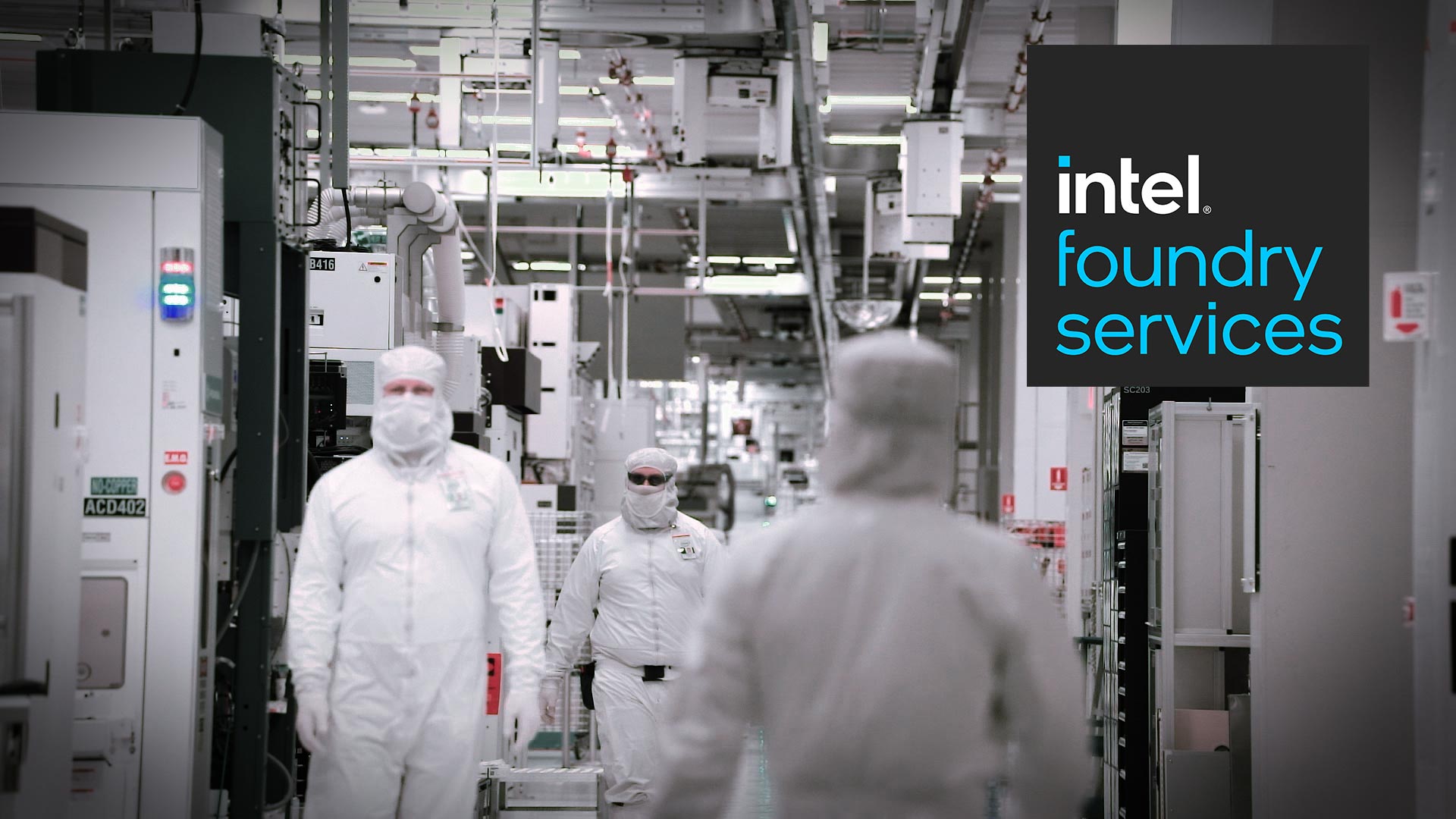
Intel’s CEO Pat Gelsinger has launched Intel Foundry, positioning the company as a pivotal player in the AI-driven future. This initiative, underscored by Gelsinger’s significant investment of $25 billion annually in new chip factories, aligns with the U.S. CHIPS and Science Act’s objectives. This strategy aims to meet the burgeoning demand for chips, a need amplified by the AI revolution led by entities like OpenAI, under the stewardship of CEO Sam Altman.
The Intel-OpenAI Discussion
During a fireside chat that concluded a gathering of Silicon Valley’s elite, Altman supported Gelsinger’s vision, highlighting the inevitable increase in global wafer demand driven by AI’s exponential growth. Altman’s perspective is not just grounded in optimism but in the tangible trajectory of chip demand, evidenced by Nvidia’s staggering revenue surge tied directly to AI advancements.
The intersection of Altman’s leadership in AI development and Gelsinger’s strategic expansion into chip manufacturing creates a synergy poised to address the hardware demands of AI’s evolution. Altman’s work, particularly with generative AI, has not only revolutionized how we interact with technology through chatbots and AI-generated art but has also significantly increased the computational power required, thus fueling the need for advanced chip manufacturing capabilities.
Intel’s Foundry service, which caters to third-party chip design companies, is already seeing substantial demand, with $15 billion in orders. This service is critical for companies like OpenAI, which rely heavily on data center infrastructure to train and deploy their AI models. The foresight in Gelsinger’s investment is matched by Altman’s anticipation of AI becoming integral to every company’s strategy, a sentiment that reflects the inevitable integration of AI across all sectors.
Embedding AI into Corporate Strategies
Altman draws a parallel between the ubiquity of mobile strategies post-iPhone and the future integration of AI, suggesting a transition from novelty to necessity. This shift, according to Gelsinger, mirrors the rapid normalization of breakthrough technologies, a process he describes from “miraculous to mundane.”
The discussion also veered into the realms of AI’s future challenges and opportunities. Altman expressed excitement about pushing the boundaries of AI research, emphasizing the continuous effort to enhance AI’s intelligence. This pursuit is not without its hurdles, but the potential to unlock unprecedented capabilities in various fields remains a driving force.
OpenAI’s Mission: Smarter AI for a Better Future
OpenAI’s mission, as articulated by Altman, is to make AI smarter, a goal that promises to elevate humanity’s capacity for innovation and problem-solving. This mission, however, is balanced with a cautious approach to AI’s societal impacts. Altman acknowledged the dual-edged nature of AI, capable of both tremendous benefit and potential risks.
The dialogue between Gelsinger and Altman also touched on the ethical considerations and societal implications of AI. Altman advocated for a balanced view, recognizing the need for optimism tempered with responsibility. He highlighted the critical role of global cooperation and public policy in navigating the challenges and opportunities AI presents.
Balancing AI’s Societal Impacts
As the conversation concluded, both leaders reflected on the transformative potential of AI for scientific discovery and societal advancement. Gelsinger’s commitment to supporting the infrastructure needs of this AI-driven future, through Intel’s ambitious chip manufacturing plans, complements OpenAI’s vision of leveraging AI to push the frontiers of human knowledge and capability.
This collaboration between Intel and OpenAI, rooted in mutual respect and shared optimism for technology’s role in shaping the future, underscores a pivotal moment in the evolution of AI and semiconductor manufacturing. As both sectors continue to evolve, the partnership between these two visionaries promises to play a central role in realizing the potential of AI to transform our world.
In essence, the convergence of Intel’s manufacturing prowess with OpenAI’s groundbreaking AI research presents a compelling narrative of innovation, challenge, and optimism. The journey ahead for Gelsinger and Altman is not just about navigating the technical intricacies of AI and chip production but also about steering the societal impacts of these technologies towards a future where the benefits of AI are realized responsibly and inclusively.
Related News:
Featured Image courtesy of Intel
